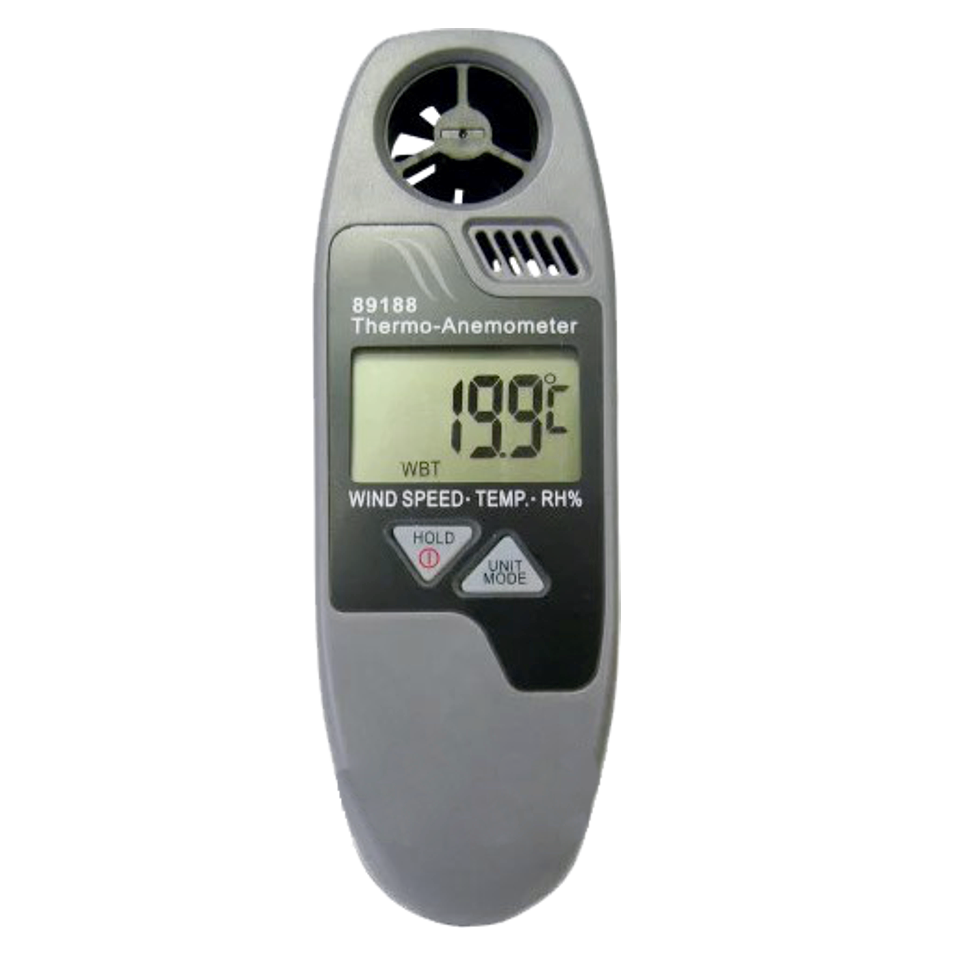Exploring the Features and Advantages of Anemometers for Weather Condition Fanatics and Experts
From cup anemometers to sonic anemometers, each type brings its unique collection of applications and advantages, shedding light on various aspects of climatic conditions. As we delve right into the features and benefits of anemometers, a deeper understanding emerges not only of prevailing weather phenomena but additionally of the wider ramifications for markets like wind energy manufacturing and environmental research study.
Value of Anemometers in Climate Monitoring
Anemometers play a crucial role in weather condition monitoring by giving exact measurements of wind rate, helping in projecting and understanding climate patterns. These tools, ranging from conventional mug anemometers to contemporary ultrasonic anemometers, are important for meteorologists, researchers, and weather lovers alike.

Kinds Of Anemometers and Their Applications
The most common types of anemometers include mug anemometers, vane anemometers, hot-wire anemometers, and ultrasonic anemometers. Cup anemometers consist of three or four mugs placed on straight arms that revolve with the wind, gauging its rate. Vane anemometers, on the other hand, make use of an openly turning vane to align with the wind direction, providing both wind speed and instructions measurements.
Mug anemometers are appropriate and durable for basic climate surveillance, while vane anemometers are favored for directional dimensions. Ultrasonic anemometers are non-intrusive and offer high precision, usually made use of in research study and specialized weather condition surveillance applications.
Advantages of Using Anemometers in Forecasting
In weather forecasting, the use of anemometers uses important advantages for enhancing the precision of climate projecting. Anemometers gauge wind speed and instructions, providing important information for anticipating weather condition patterns. By integrating wind data right into projecting models, meteorologists can much better comprehend the activity of weather condition systems, prepare for modifications in weather, and concern extra precise forecasts.
In addition, anemometers play a crucial function in assessing possible climate risks. Monitoring wind speeds helps forecasters forecast serious weather occasions such as typhoons, twisters, and wintertime tornados with better accuracy. This early caution system makes it possible for authorities to provide prompt signals and apply necessary safety and security actions, minimizing the dangers to life and residential or commercial property.
Furthermore, anemometers assist in maximizing renewable resource manufacturing. By analyzing wind patterns, meteorologists can recognize appropriate locations for wind ranches and anticipate power result, contributing to the efficient generation of wind power.

Anemometers in Wind Energy Manufacturing
Offered the critical function anemometers play in providing exact wind information for weather condition forecasting and risk assessment, their value includes the world of wind power manufacturing. Anemometers are vital tools in the field of wind energy, where the measurement of wind speed and direction is crucial for determining the feasibility and effectiveness of wind turbine installations. By precisely gauging wind speeds at varying heights, anemometers assist enhance the placement and design of wind generators to optimize power result.
In wind farms, anemometers are purposefully placed to gather real-time wind information that is used to analyze the prospective energy production of a site. This information is instrumental in determining the economic viability of wind energy jobs and in forecasting power generation to make certain grid stability. Furthermore, anemometers aid in checking wind conditions to optimize generator performance, avoid damage from high winds, and make sure the read this article safety of workers operating in the vicinity of wind turbines.
Enhancing Weather Understanding With Anemometers

Anemometers play a vital role in enhancing our understanding of microclimates. These local climate condition can differ considerably from wider local forecasts, making it necessary to have exact data for specific areas. anemometer. By tactically putting he said anemometers in different areas, researchers can gather in-depth details on how wind behaves in various terrains, urban settings, or bodies of water
Moreover, anemometers add to boosting weather condition forecasting designs by giving real-time information on wind habits. This details is especially important for predicting extreme climate events, maximizing agricultural methods, and supporting markets like aeronautics and maritime navigating. In general, anemometers are invaluable instruments that allow us to delve deeper into the intricacies of weather systems, ultimately causing even more exact forecasts and better-informed choices.
Verdict
In final thought, anemometers play an essential function in weather monitoring and forecasting by determining wind rate and direction. Anemometers also have applications in wind energy production, additional highlighting see this site their importance in both meteorology and sustainable power industries.
From mug anemometers to sonic anemometers, each type brings its distinct collection of applications and benefits, shedding light on various aspects of atmospheric problems. These instruments, ranging from conventional mug anemometers to modern-day ultrasonic anemometers, are vital for meteorologists, scientists, and climate enthusiasts alike. The most usual types of anemometers consist of cup anemometers, vane anemometers, hot-wire anemometers, and ultrasonic anemometers. Mug anemometers are suitable and durable for basic weather monitoring, while vane anemometers are preferred for directional dimensions. Anemometers are crucial tools in the area of wind power, where the measurement of wind speed and direction is essential for figuring out the expediency and efficiency of wind generator setups.
Comments on “How an Anemometer Can Enhance Your Weather Monitoring System”